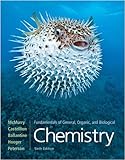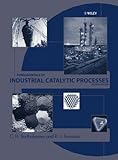by M. Rubinstein
This is a polymer physics textbook for upper level undergraduates and first year graduate students. Any student with a working knowledge of calculus, physics and chemistry should be able to read this book. The essential tools of the polymer physical chemist or engineer are derived in this book without skipping any steps. The book is a self contained treatise that could also serve as a useful reference for scientists and engineers working woth polymers. While no prior knowledge of polymers is assumed, the book goes far beyond introductory polymer textx in the scope of what is covered. The fundamental concepts required to fully understand polymer melts, solutions and gels in terms of both static structure and dynamics are explained in detail. Problems at the end of each chapter provide the reader with the opportunity to apply what has been learned to practice. The book is divided into four parts. After an introduction in Chapter 1, where the necessary concepts from a first cours on poly...
This is a polymer physics textbook for upper level undergraduates and first year graduate students. Any student with a working knowledge of calculus, physics and chemistry should be able to read this book. The essential tools of the polymer physical chemist or engineer are derived in this book without skipping any steps. The book is a self contained treatise that could also serve as a useful reference for scientists and engineers working woth polymers. While no prior knowledge of polymers is assumed, the book goes far beyond introductory polymer textx in the scope of what is covered. The fundamental concepts required to fully understand polymer melts, solutions and gels in terms of both static structure and dynamics are explained in detail. Problems at the end of each chapter provide the reader with the opportunity to apply what has been learned to practice. The book is divided into four parts. After an introduction in Chapter 1, where the necessary concepts from a first cours on poly...
































